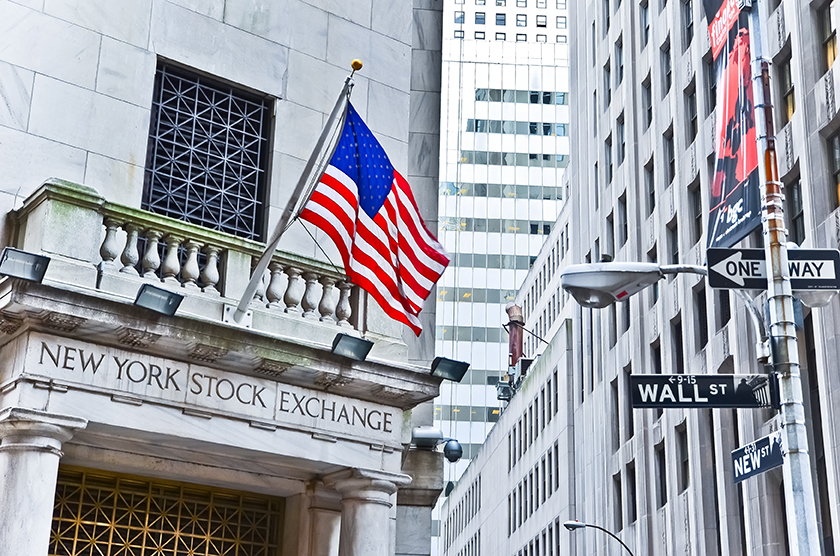With the recent turmoil in the banking sector, it’s understandable to have anxiety about the safety of your banking institution. A wise person once said, “Worry does not empty tomorrow of its sorrow, it empties today of its strength.” The fear of bank failure can be abated by educating yourself as to how banks function, where your money is stored, and how it is protected.
Where is my money?
Have you ever wondered what happens to your money once you’ve deposited it into your savings account? After your cash is safely in your account, you essentially are lending the money to your banking institution. Once they accept your deposit, they agree to refund the amount you’ve deposited on demand. And depending on whether it’s an interest-bearing account or not, they also agree to return the money with interest.
Banks operate by taking in deposits from savers and underwriting loans to borrowers. They typically pay out less interest to depositors than they collect from borrowers, and they use the difference. This is called the net interest margin and is used to fund banking operations.
Banking institutions normally hold ten to twenty percent of all deposits for withdrawal. This is called the fractional reserve system under which U.S. banks operate. Because of the fractional reserve system, banks must only keep a fraction of deposits in their reserve and are free to loan out the remaining money.
How can problems arise?
Issues with banks arise when many people withdraw all their money at once. The term for this is called a Bank Run. If you’ve ever seen “It’s a Wonderful Life,” you have seen how a large group of bank patrons withdrawing their savings at once may create a bank run. Often, bank runs are caused by rumors and speculation that depositors would lose their money, which compels customers to panic.
What happens after a bank fails?
The US has several measures to alleviate the impact of bank failures. First, the FDIC, an independent government agency, covers up to $250,000 per depositor, insuring both people and businesses. Joint accounts are covered up to $250,000 per account owner.
The Federal Reserve also acts as a last resort when banks need short-term loans to stay afloat and meet financial obligations. The Federal Reserve does this to reduce the potential for further bank runs and restore confidence in the economy.
In addition, large banks may choose to purchase a failing bank, covering its financial obligations to absorb the smaller banks’ assets and gain new customers quickly, as well.
What can you do?
You can ensure that your funds are safe from bank failure by following some simple advice..
First, check to see if your banking institution is insured by the FDIC. To find out whether your deposits are federally insured, search for your bank on the FDIC’s BankFind tool. You can also look for the FDIC insurance logo on the bank site. Displaying this logo is required for insured banks. You may also check the FDIC site to see how the official logo should appear.
Consider diversifying your savings to keep from exceeding the insured limits. The FDIC insures deposits that one person owns in one insured bank, separate from any deposits that person owns in another, different insured bank., so by separating your savings to diverse insured banks, you will be able to protect larger balances.
Finally, you should consider speaking to a financial professional for a review of your long-term plan. EGSI offers a complimentary connection meeting to answer any questions you may have. Our staff is committed to guiding and protecting our clients through the process of building and maintaining savings that sustains for a lifetime, and beyond.

